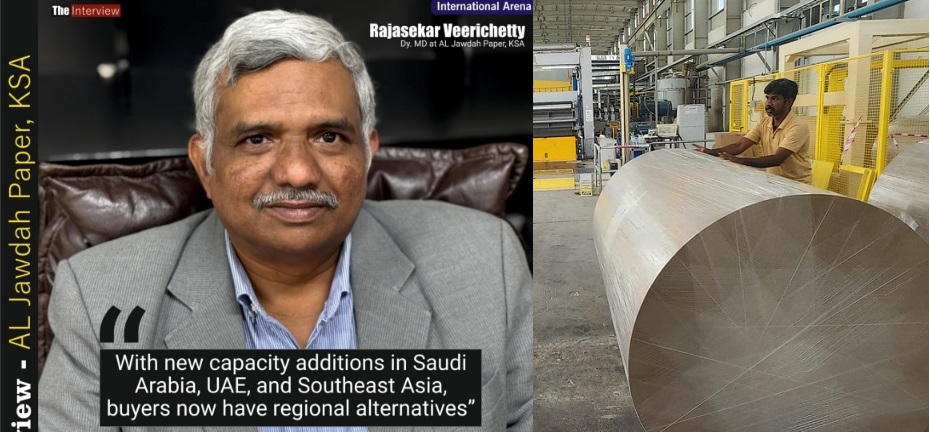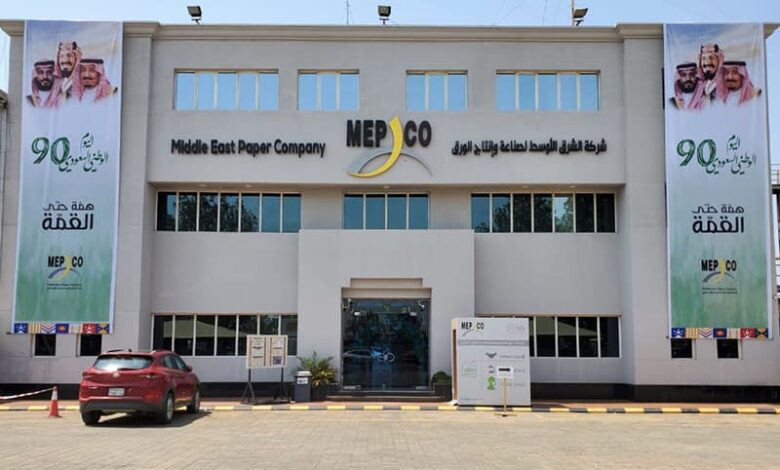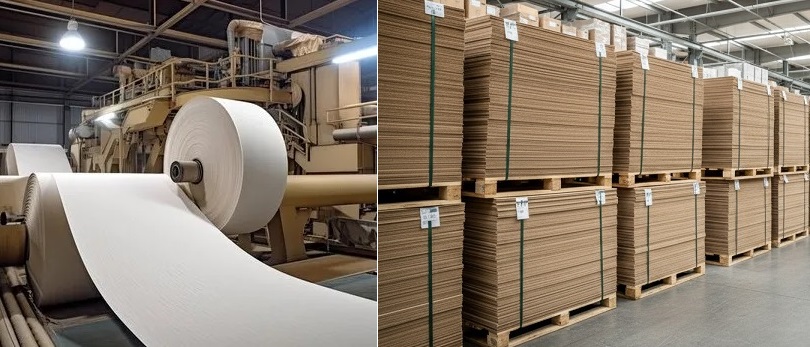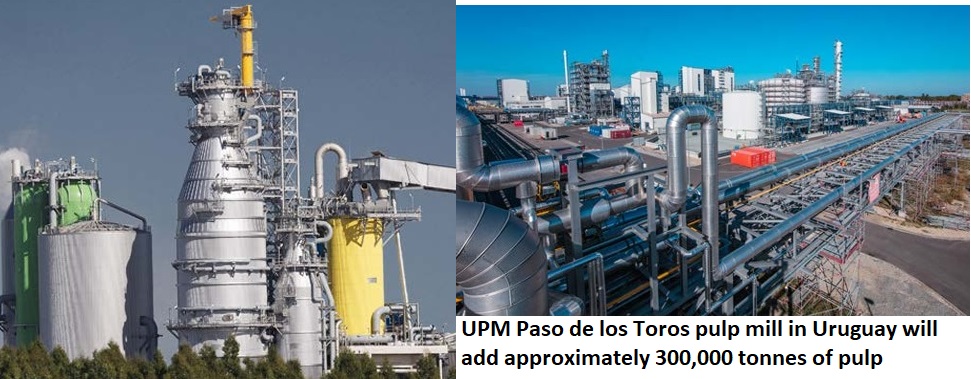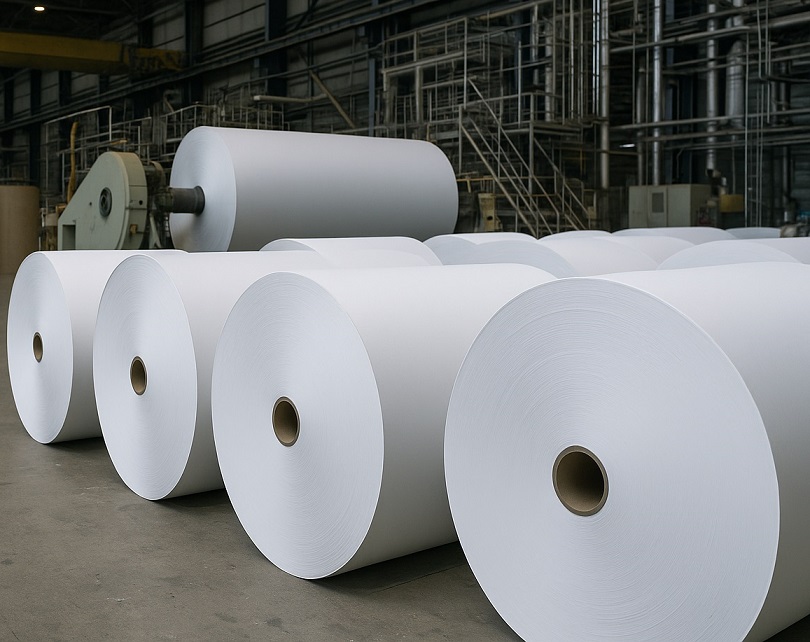Rajdevi Pulp And Paper to Undergo Writing Printing Paper Production In Nepal
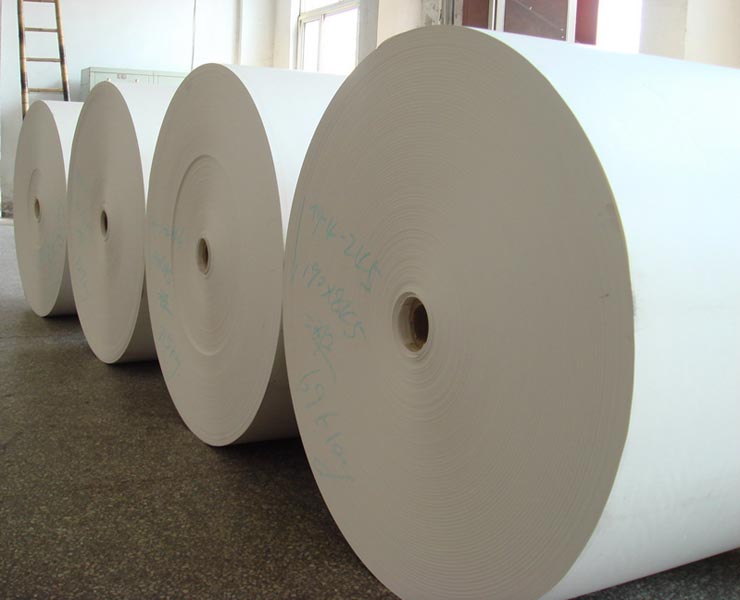
Rajdevi Pulp And Paper to Undergo Writing Printing Paper Production In Nepal
Sarlahi (Nepal), December, 2, 2016: In terms of demand, Asia Pacific is the fastest emerging region for printing and writing papers market. The demand is huge due to lower consumption of paper compared with other regions. Stepping in paper production for the first time, The Upcoming Director of the company Mr. Om Krishna Shah revealed his production plan to The Pulp and Paper Times, “We are in the process of setting up 60 TPD writing and Printing paper plant in Nepal at Sarlahi district. We are aiming to start production from December this year. I am on the India tour to finalise the plant and Machinery. The new coming up plant will be based on baggase and straw as raw material pulp.†Agriculture remains Nepal's principal economic activity, employing about 65% of the population and providing 31.7% of GDP. Only about 20% of the total area is cultivable; another 40.7% is forested (i.e.covered by shurbs, pastureland & forest); most of the rest is mountainous. Rice and wheat are the main food crops. The lowland Terai region produces an agricultural surplus, part of which supplies the food-deficient hill areas. Despite some progress in modernizing the regulatory framework, time consuming and costly requirements continue to reduce overall regulatory efficiency. Completing licensing requirements takes more than 100 days. The labor market remains inefficient, and chronic unemployment and under employment continue. Subsidies expanded significantly in the aftermath of the devastating April 2015 earthquake. Mr. Om further said that “We have estimated the total investment in the project is around 30 to 50 Cr. targeting to produce 75 to 120 GSM paper. The speed of the machine would be 200 to 350 m/m and deckle will be more than 3 meters. We will sell the finished product only in Nepal due to the higher consumption and less paper mills. The top individual income and corporate tax rates are 25 percent in Nepal. Other taxes include a value added tax and a property tax. The overall tax burden equals 15.3 percent of total domestic income. Government spending amounts to 17.2 percent of GDP. The budget balance has been in deficit, with public debt around 25 percent of GDP. Spending on subsidies, particularly to state-owned enterprises like the Nepal Oil Company, continues.
Population pressure on natural resources is increasing. Overpopulation is already straining the "carrying capacity" of the middle hill areas, particularly the Kathmandu Valley, resulting in the depletion of forest cover for crops, fuel, and fodder and contributing to erosion and flooding.
Web Title: Rajdevi Pulp And Paper to Undergo Writing Printing Paper Production In Nepal





 Join WhatsApp Group
Join WhatsApp Group Join Telegram Channel
Join Telegram Channel Join YouTube Channel
Join YouTube Channel Join Job Channel (View | Submit Jobs)
Join Job Channel (View | Submit Jobs) Join Buy Sell Channel (Free to Submit)
Join Buy Sell Channel (Free to Submit) Paper News Headlines Channel (Free to read)
Paper News Headlines Channel (Free to read)